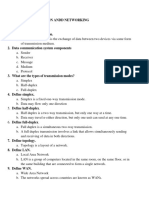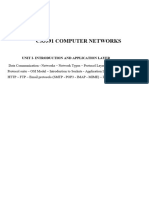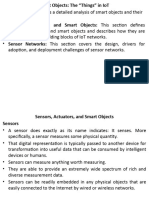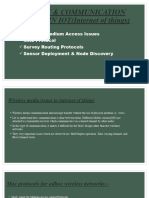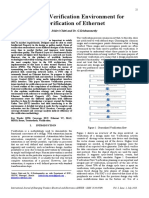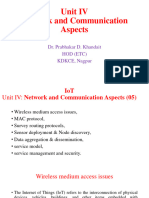0% found this document useful (0 votes)
17 views58 pagesModule I Edited
The document outlines the syllabus and key concepts of a course on Communication Networks, covering data communication types, network topologies, and architectures, including the OSI and TCP/IP models. It details the characteristics of effective data communication systems, types of communication (simplex, half-duplex, full-duplex), and various network types (LAN, MAN, WAN). Additionally, it discusses the advantages and disadvantages of different network topologies and the functions of each layer in the OSI model.
Uploaded by
priyanshubhati23122005Copyright
© © All Rights Reserved
We take content rights seriously. If you suspect this is your content, claim it here.
Available Formats
Download as PDF, TXT or read online on Scribd
0% found this document useful (0 votes)
17 views58 pagesModule I Edited
The document outlines the syllabus and key concepts of a course on Communication Networks, covering data communication types, network topologies, and architectures, including the OSI and TCP/IP models. It details the characteristics of effective data communication systems, types of communication (simplex, half-duplex, full-duplex), and various network types (LAN, MAN, WAN). Additionally, it discusses the advantages and disadvantages of different network topologies and the functions of each layer in the OSI model.
Uploaded by
priyanshubhati23122005Copyright
© © All Rights Reserved
We take content rights seriously. If you suspect this is your content, claim it here.
Available Formats
Download as PDF, TXT or read online on Scribd
/ 58
















